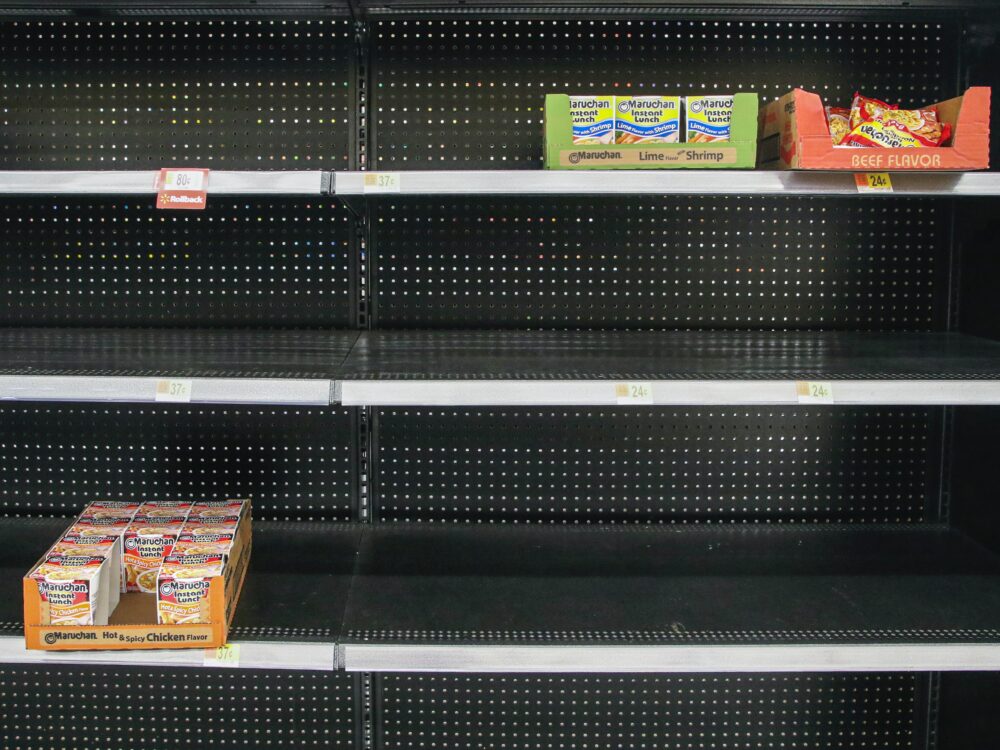Open Contracting for Open Development: Insights and Applications
“If your mother gives you $10 to go to the store to buy a bottle of milk, you have to show her, ‘Here is the milk and here is the change.’ Likewise, we are obliged to show taxpayers exactly what we are doing with their money.” – María Margarita “La Paca” Zuleta, Director of Colombia Compra Eficiente
Government procurement accounts for approximately $9.5 trillion in annual spending worldwide. Put another way, government procurement is more than 10 percent of the global economy – but few of us have any idea how this public money is actually spent.
Over the past year, the Open Aid Partnership, AidData, and the Government of Nepal’s Public Procurement Monitoring Office (PPMO) have used Open Contracting principles to “open up” government procurement data in country.The effort culminated with an “Open Contracting for Open Development” workshop, exploring how Open Contracting Data Standard (OCDS) principles can improve public spending, accountability, citizen participation, and development effectiveness.
More than 55 participants from government agencies, donors, civil society organizations, media, and the private sector groups attended the workshop. During the event, AidData and Open Nepal revealed a public open contracting dashboard (hosted by Open Nepal, available here) containing information from over 5,000 public contracts.
In turn, participants at the workshop shared why procurement transparency matters to them. For example:
- Representatives from civil society valued the opportunity to “watch the good and ills of development projects and possibly correct them”
- A member of the private sector stated “visualiz[ing] the real-time situation of public procurement” feeds into plans for business expansion
- Government officials used this data for developing new policies, sector strategies, and procurement plans, as well as to monitor and “analyz[e] about the use of aid money”
Feedback received to date suggests that government agencies and local citizens are likely to be the primary users of open public procurement data. Civil society organizations, contractors, development partners, the media, and academia are also important users.
The work in Nepal proves that the OCDS can be implemented, and that standardized information can be broadly useful. How can these principles be incorporated into internal systems and processes? Stay tuned – we’ll share recommendations provided to the Government of Nepal in the next series post.
This post has been modified and was originally published on The First Tranche.
Share This Post
Related from our library

The G20 Must Recognize the Power of Procurement for Social & Economic Good
Procurement deserves a strategic seat at the top table across all of the Italian G20 presidencies. Anti-corruption priorities and open contracting solutions can drive progress in a number of areas.

Building Procurement Back, Better
As governments look to “build back better,” we can expect an influx of government spending to stimulate the economy, and a shift in priority goods and services to purchase. While the world transitions from emergency response to recovery, governments’ focus will shift from using technology to procure other products, to procuring technology products themselves.
